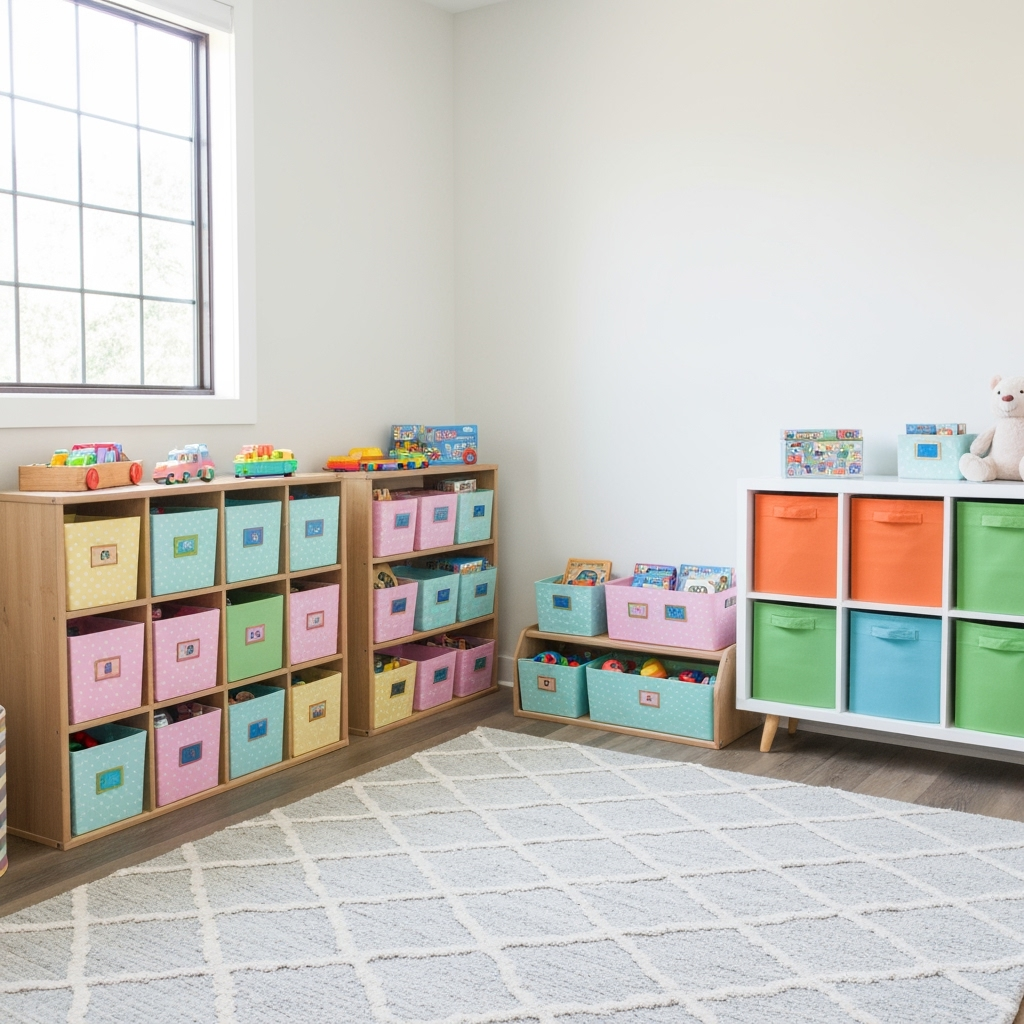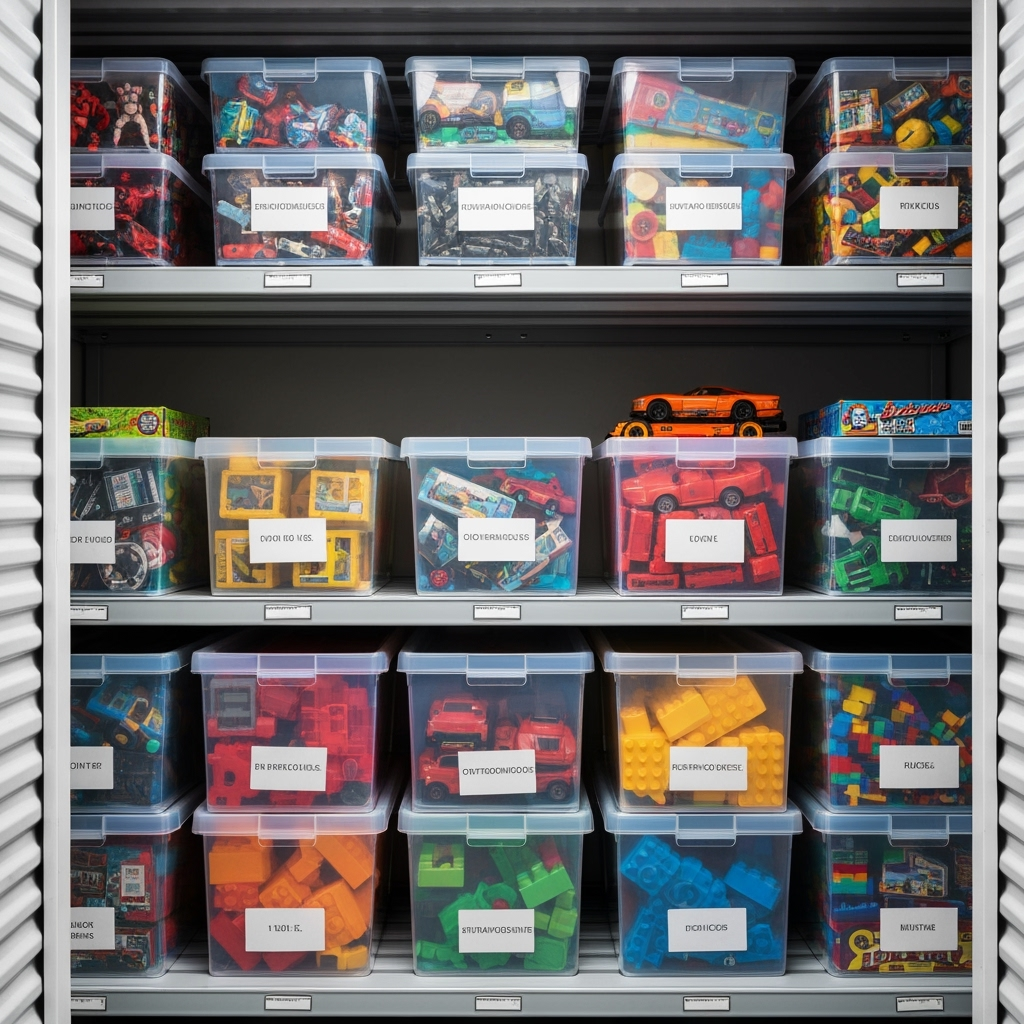
Managing the Toy Chaos: A Strategic Approach
For parents, maintaining an organized home while raising children can feel like an impossible task. With birthdays, holidays, and occasional treats, toys seem to multiply overnight, leaving many families struggling with cluttered spaces and overwhelming cleanup routines. This comprehensive guide will help you implement smart storage solutions that work for both parents and kids.
The Benefits of Organized Toy Storage
Proper toy organization does more than just clear floor space. It teaches children responsibility, makes cleanup easier, and creates a more peaceful home environment. Well-organized toys are also better protected from damage, extending their lifespan and value.
Creating an Effective Toy Storage System
1. Categorize and Sort
Begin by sorting toys into categories such as:
- Building blocks and construction toys
- Arts and crafts supplies
- Board games and puzzles
- Action figures and dolls
- Educational toys and books
- Electronic toys
2. Implement the Rotation System
Too many toys can overwhelm children and make cleanup daunting. Consider implementing a toy rotation system where some toys are stored while others are in active play. This approach helps:
- Maintain novelty and interest in toys
- Reduce daily cleanup time
- Make toys feel “new” again when rotated back
- Create more manageable play spaces

Utilizing Self-Storage for Toy Management
When to Consider Self-Storage
Self-storage units can be an excellent solution for toy management when:
- Storing seasonal toys (pool toys, outdoor equipment)
- Preserving special items for younger siblings
- Rotating toy collections
- Managing overflow from holidays and birthdays
Storage Solutions by Age Group
Toddlers (Ages 1-3)
Focus on simple, accessible storage with:
- Low, open bins for easy access
- Picture labels for toy categories
- Soft storage containers for safety
Preschoolers (Ages 3-5)
Incorporate:
- Color-coded organization systems
- Easy-to-open containers
- Cleanup routine charts
School-Age Children (Ages 6+)
Implement:
- More complex categorization systems
- Designated spaces for collections
- Storage solutions for craft supplies and projects
Maintaining the System
Regular Maintenance Tips
- Schedule weekly quick-sorts with your children
- Rotate toys every 2-3 months
- Assess and donate outgrown toys quarterly
- Label everything clearly
- Make cleanup part of the daily routine
Making Storage Fun
Transform toy organization from a chore into an engaging activity:
- Create cleanup games and challenges
- Use timer-based activities
- Implement reward systems for consistent organization
- Let kids help design their storage solutions
Conclusion
Smart toy storage isn’t just about maintaining an organized home—it’s about creating systems that work for both parents and children. Whether using in-home solutions or supplementing with a self-storage unit, the key is finding a balance that keeps toys accessible while preventing overflow and clutter. With these strategies in place, you can maintain an organized, peaceful home environment while still allowing your children to enjoy their full range of toys and activities.










Leave a Reply